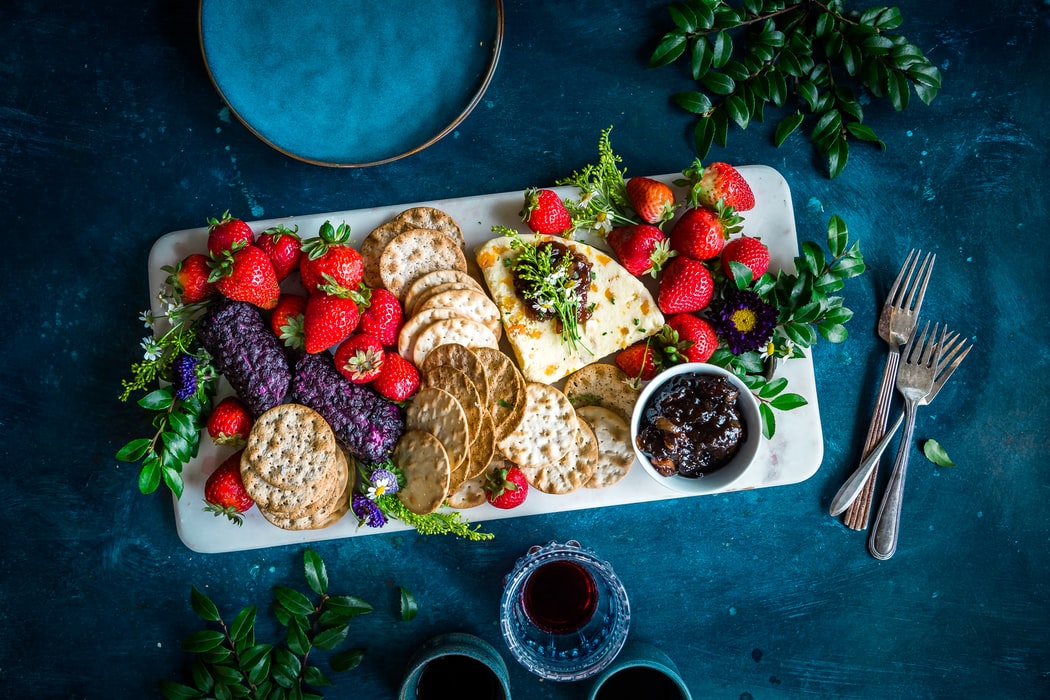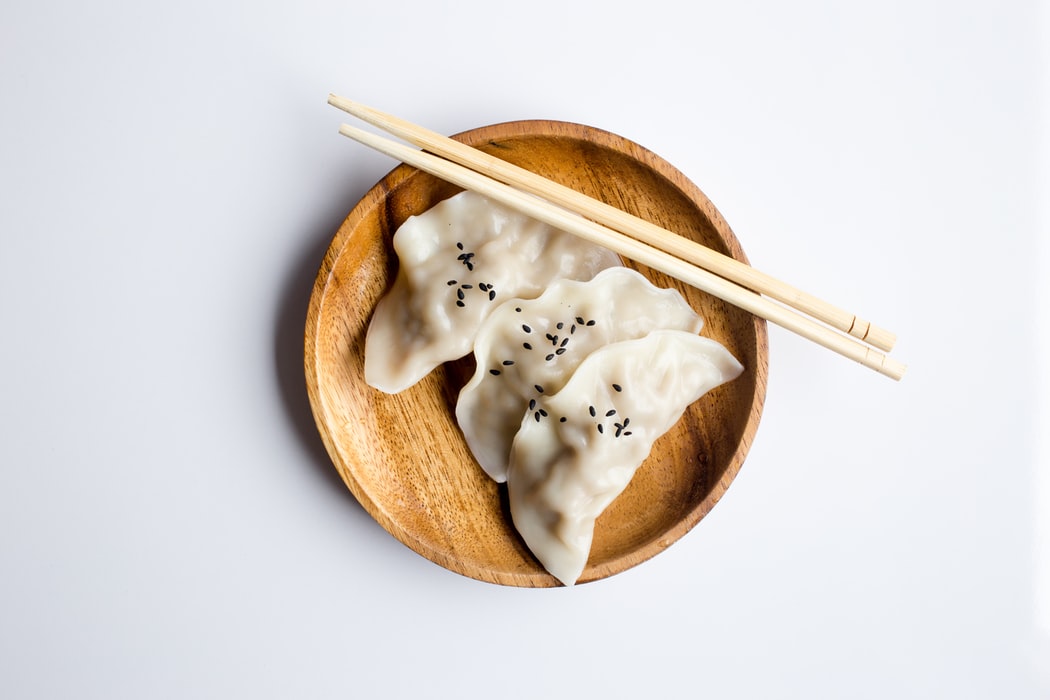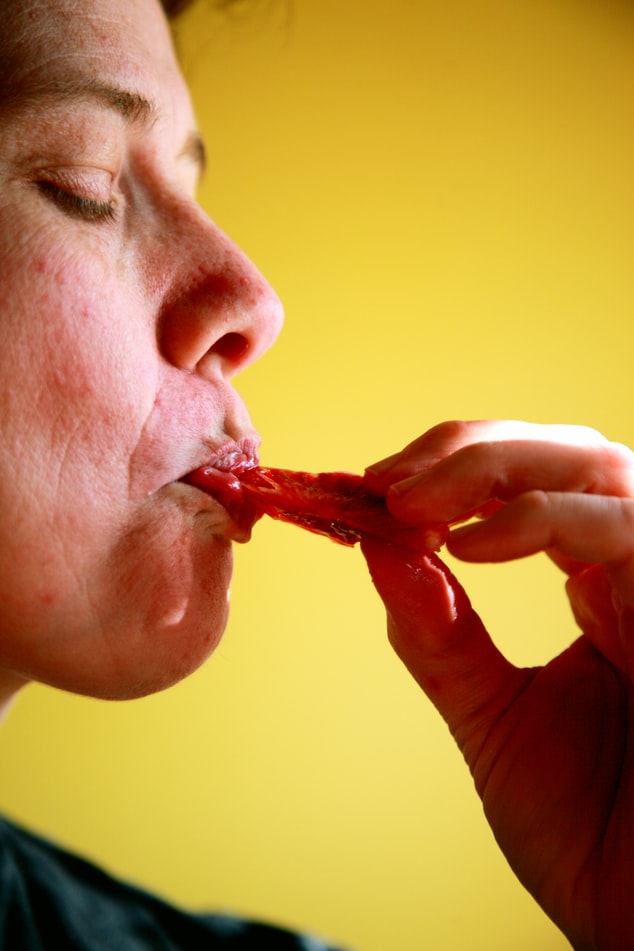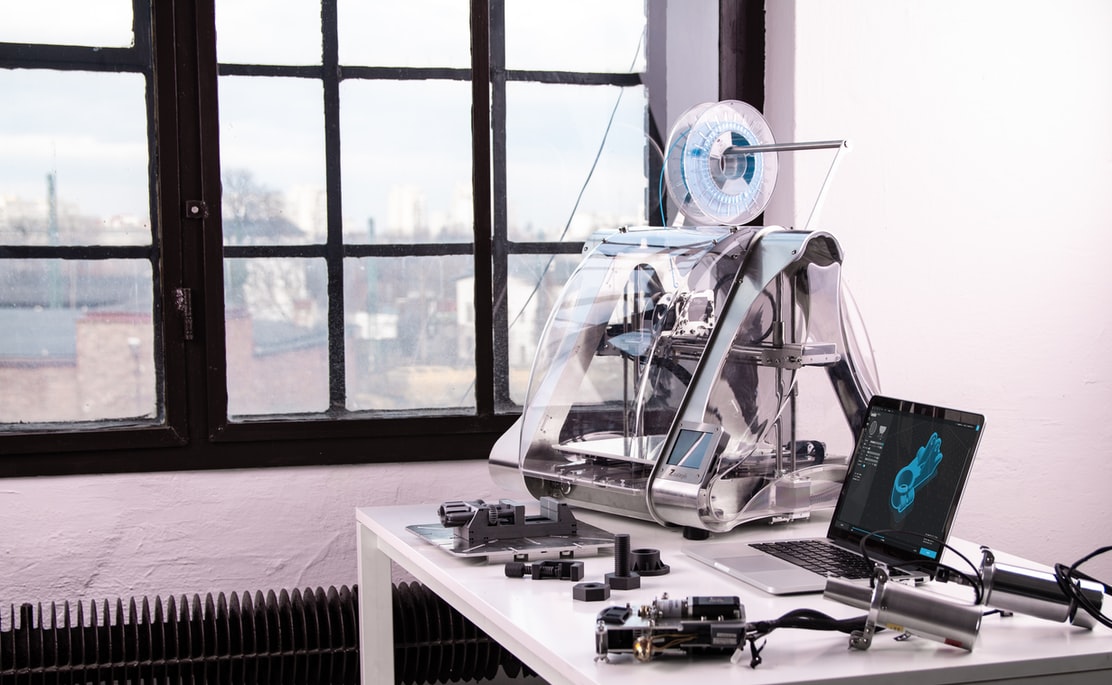The future of nutrition: What and how will we eat in 20 years?

"We must avoid the absurdity of raising a whole chicken so that we can eat its breast or wings and produce those parts individually," declared Winston Churchill in 1931, not knowing how right he would be.

In the article "In 50 Years", published as early as 1931, Churchill presented his predictions about what the future holds. Among other futuristic topics, he wrote about meat that would be raised under controlled conditions. This was achieved in 2013 when the first burger was produced in a laboratory factory.
Experts dealing with the future of nutrition predict how we will change the way we consume food and what are the new foods that will appear in our diet.
One of them is futurologist Dr. Morgaine Gay, who predicts that diet plans will become personalized to suit our health needs and physical condition. Thanks to the development of technology and digital tools, we will better understand what we eat and how we eat.

Below we bring you some trends that we will find in the future and what we should prepare for.
Personalized diet
Instead of today's modern offerings on restaurant menus, the future involves a deeper understanding of nutrition and health. Futurologist Gay points out that it's all in the microbiology of our guts, which will then drive more interest in personalized consumer nutrition. Dr. Gay is working with scientists to develop a device that would store the user's DNA and other biometric data. When a person simply blows into it, the device will be able to detect the user's vitamin and mineral deficiencies and scan the contents of the cooler to find the perfect eating solution to suit the user's needs.

The modern diet is reduced to a few staple foods, such as potatoes, wheat, rice, etc. This is why food intolerance is so prevalent today. That is why it is important to introduce various foods such as lentils, quinoa, barley, because this is precisely the mechanism for preventing food intolerance. The herb of the future – buckwheat – does not contain gluten and is an excellent alternative to classic wheat flour. In this hectic pace of life, it is important that all meals are healthy.
So Dr. Gay, who took part in this year's Digital Takeover, has prepared a recipe for a healthy dessert made from crunchy hazelnuts, cinnamon, dates and buckwheat that any of us can make at home.

This creamy cold dessert does not contain sugar, which we are used to using, and dates and honey are excellent substitutes for it. The texture, emphasized by Dr. Gay, is achieved with hazelnuts and cashews, and you can add extra crunch to the top layer with oats. You can play around with this dessert, and if you want to feel even more fruity, Dr. Gay recommends adding apples or plums.
Ice cream that does not melt!
Imagine your ice cream not melting in the middle of summer! Although it sounds like an impossible mission, Dr. Gay explains that food texture is a fairly unexplored area. We pay too much attention to taste, for example combinations of sweet and salty, and we also need to pay attention to how texture affects the taste in the mouth.

This futurist recently further developed and improved non-drip ice cream, and the idea originally came from the Japanese, quite coincidentally when scientists at the Kanazawa Biotherapy Development Research Center were looking for a solution for a strawberry farm in case they were hit by a natural disaster. The secret is in the polyphenol, a strawberry extract, because of which the ice cream can keep its shape much longer than regular ice cream because it prevents the separation of water and oil. This is the perfect solution for places like Australia, where temperatures reach over 40 degrees Celsius and it's hard to hold an ice cream without it melting on your hands.
Insects as sources of protein
Are you ready to order hamburgers or snacks made from insects at the restaurant? Although this trend is already current in some countries, such as Thailand, China, Brazil or some African countries, it has not yet fully taken root in European and Western countries.

Insect breeding is considered a sustainable way of food production and the goal is to combat malnutrition in underdeveloped countries. The aim is to reduce the consumption and production of "classic" meat in the daily diet due to the harmful effects on the environment.
Food printing - new cooking
3D printing is already quite well known in the world, but no one has ever thought that you will be able to print a sandwich or lunch instead of cooking or baking it. Food 3D printers are already available on the market, both for home use and at an affordable price. For printed food, you will still be able to use a wide variety of ingredients and eat a healthy meal. This way of "cooking" has not yet reached its full potential, but it is sure to have a big impact on the food industry.

Scientists and futurologists insist on changing the diet, accepting new foods and eating habits. Due to Earth's growing overcrowding and limited resources, there simply isn't enough food for all the people. Research in the food industry and the rapid advancement of technology provide new perspectives on what will be on our plates in the future.


